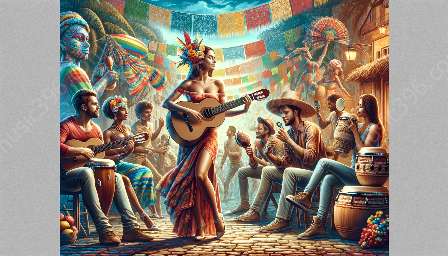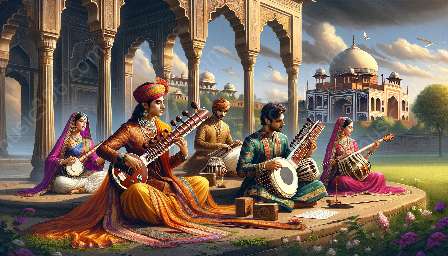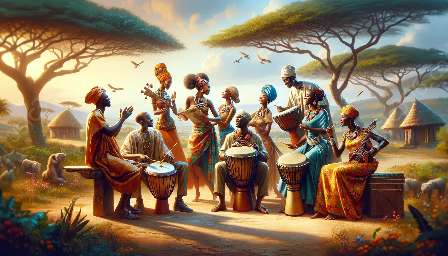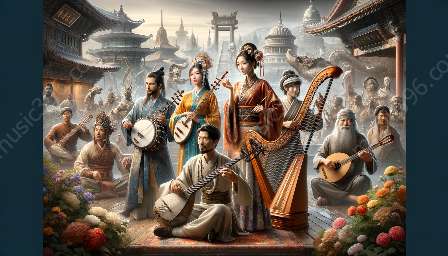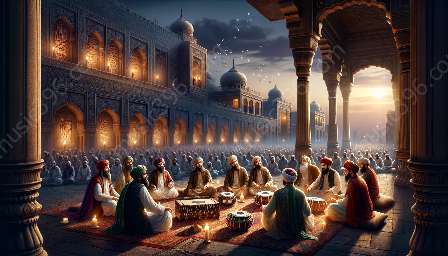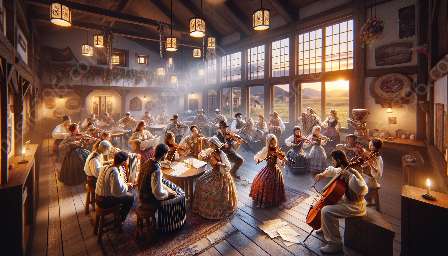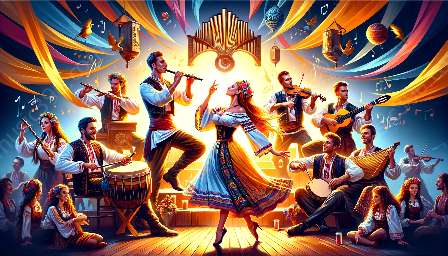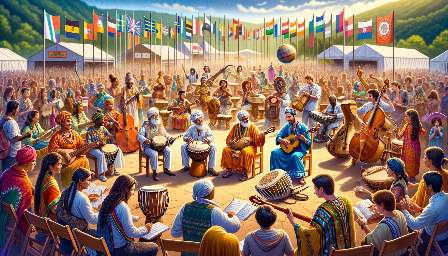From the streets of Brazil to the global stage, Samba rhythm and dance captivate audiences with its infectious energy and cultural significance. This topic cluster delves into the history, elements, and impact of Samba in the world of music and dance.
The Origins of Samba
Samba finds its roots in the diverse cultural melting pot of Brazil. Born from the fusion of African rhythms, European melodies, and indigenous influences, Samba emerged as a powerful cultural expression during the African diaspora and the subsequent slave trade in Brazil. Its origins can be traced back to the early 20th century in Rio de Janeiro, where it became synonymous with Carnival celebrations and community gatherings.
Elements of Samba Rhythm
At the core of Samba is its distinctive rhythm, characterized by syncopated beats, driving percussion, and lively melodies. The infectious and dynamic nature of Samba rhythms is brought to life through the use of traditional instruments such as the pandeiro, surdo, and tamborim. These instruments form the backbone of the pulsating Samba sound, creating an irresistible groove that invites people to move and dance.
The Dance of Samba
Samba dance is a vibrant and exuberant art form that mirrors the energy and passion of the music. Rooted in African and Afro-Brazilian traditions, Samba dance is characterized by fast footwork, hip movements, and intricate choreography. Whether performed in the streets, at clubs, or on stage, Samba dance embodies the free-spirited nature and celebratory essence of Brazilian culture.
Samba in World Music
As an integral part of world music, Samba has transcended its Brazilian origins to become a global phenomenon. Its infectious rhythms and lively dance have found their way into diverse musical genres, influencing artists and audiences worldwide. Samba's unmistakable imprint can be heard in jazz, pop, and Latin music, reflecting its enduring appeal and universal resonance.
Significance of Samba
Beyond its musical and dance elements, Samba holds profound cultural significance. It serves as a representation of Brazil's rich heritage and multicultural identity, embodying the resilience, creativity, and joy of its people. Samba also plays a vital role in promoting social cohesion, fostering community bonds, and preserving traditions, making it an invaluable cultural treasure.
Conclusion
Samba rhythm and dance stand as a dynamic and vibrant expression of Brazilian culture and world music. From its historical origins to its present-day influence, Samba continues to captivate and inspire audiences around the globe, exemplifying the power of music and dance to unite and uplift communities.

